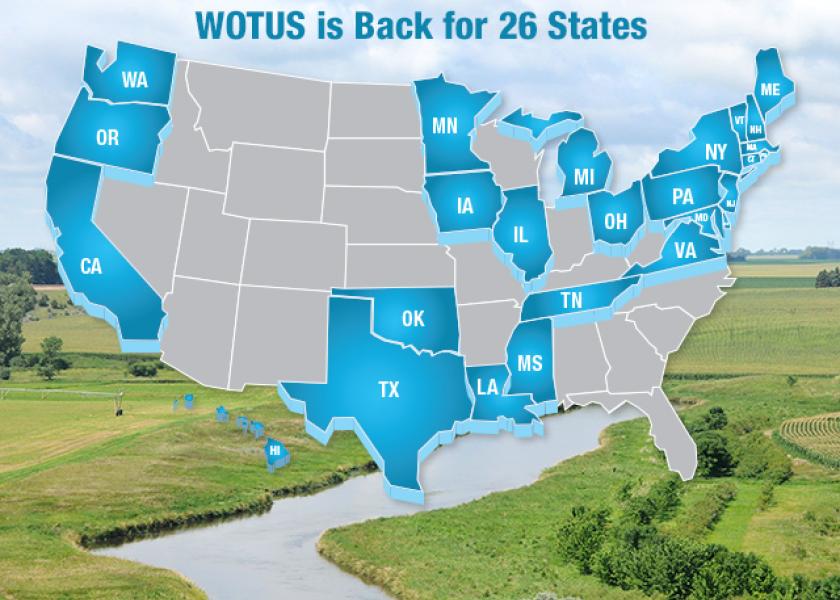EPA Rolls Back Clean Water Act Jurisdiction With New WOTUS Rule

The Environmental Protection Agency (EPA) on Tuesday unveiled a new Waters of the U.S. (WOTUS) definition under the Clean Water Act designed to provide a clearer picture of what waters are and are not regulated by the federal government.
“The agency's proposal would replace the 2015 definition with a clearer and easier to understand definition that will result in significant cost savings, protect the nation's navigable waterways, and reduce barriers to important economic and environmental projects,” said Acting EPA Administrator Andrew Wheeler in a background call to reporters. “It would end years of uncertainty over where federal jurisdiction begins and ends. It would help a landowner understand whether a project on his or her property will require a federal permit or not without spending thousands of dollars on engineering and legal professionals.”
The new WOTUS definition separates regulated waters into six categories:
- Traditional navigable waterways: Will remain federally regulated as they have since the original 1980 regulation.
- Tributaries to traditional navigable waterways: Only federally regulated if they contribute flow to a traditional navigable waterway in a typical year (on a 30-year basis). Ephemeral features are excluded.
- Ditches:
- Ditches that function like a traditional navigable waterway, such as the Erie Canal, will be federally regulated.
- Only ditches that contribute flow to a traditional navigable waterway in a typical year are regulated.
- Lakes and ponds: Like tributaries, they would be regulated if they contribute flow to a traditional navigable waterway in a typical year.
- Impoundments: Impoundments such as check dams and perennial rivers that form lakes and ponds behind them have been regulated since the 1986 regulation and will continue to be federally regulated.
- Adjacent wetlands: Wetlands that have a direct hydrological surface connection to another water of the U.S. in a typical year are federally regulated.
The new WOTUS rule specifically excludes any waters that are not included in the six regulated categories above. It also explicitly excludes groundwater, prior converted cropland, water control features and artificially irrigated areas like fields flooded for cranberry growing.
EPA plans to publish the proposed rule immediately for a 60-day public comment period.







